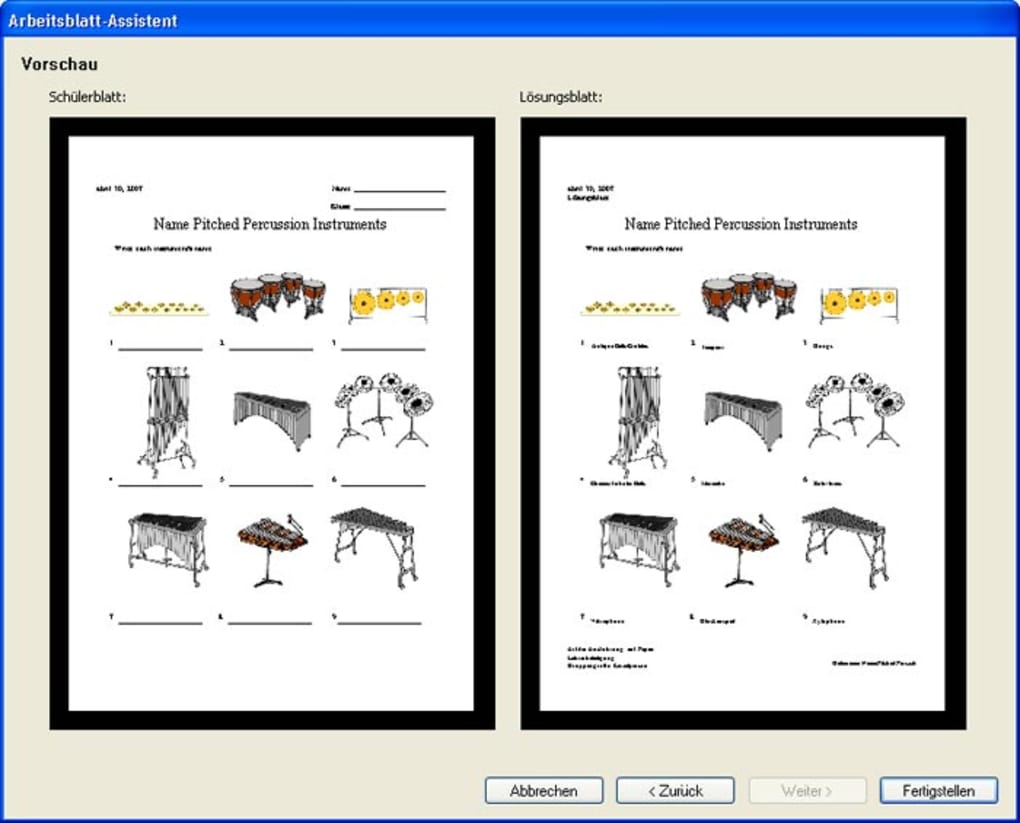

I only questioned the possibility that NotePerformer could export MIDI from running in e.g. I'm not sure we're talking about the same thing regarding MIDI. This would be extremely disturbing to have in a DAW. are all delayed by one second, permanently, making it unbearable to play your Kontakt instruments from your MIDI keyboard due to having NP in your project, and realtime recording is out of the question. You'll notice that Kontakt, Sibelius Sounds etc. This can be exemplified by running NotePerformer in Sibelius, which latency compensates. So when you do real-time record with your Kontakt instrument, you press the keys but you don't hear the audio until one second later. your Kontakt sample library is now delayed by one second, to line up with NotePerformer. I'm saying you will have latency from your MIDI keyboard if you add NP to your project.Īn example: You project has a one-second latency because NotePerformer requested it. Doesn't sound like you're interested in going down that road so its a moot point.Ĭlick to expand.I'm not saying your instruments will be out of sync. But all I can say is it would be quite helpful if we could export from a notational a midi performance that would work from a DAW too, and if NP3 as a plugin in a DAW could respond to a midi performance according to a spec. Can you give us a specific example of something that could not in your opinion be translated through midi over into NP3?Īnyway, its possibly a conflict of interest for you to develop an inexpensive NP3 plugin that will run in the DAW when you'd rather sell the more expensive normal plugins for that use.

But I will just say that we as humans are able to read notation and turn it into a midi performance using key switching and CC lanes accordingly. I don't entirely understand why NP3 would have so much trouble with DAW's or a midi approach, other then it might be a challenge to figure out and implement, but obviously you know the guts of it all. But in any case, they generally ensure sample accurate rendering of instrument tracks one way or another, regardless of the latency. It actually only makes sense to send midi regions to instruments early in order to compensate inst tracks, I would be surprised but not shocked, to find out any of the daws with delay compensation do otherwise with recorded inst tracks. But such an instrument would be no fun to play live with your midi keyboard is all. It is certainly possible that someone may impose an upper limit on latency correction but I am not aware of what it is, if so. Either way, any daw worth it’s salt with latency compensation will ensure that midi tracks are rendered through instrument plugins with sample accuracy, regardless of whether it’s 10ms, 100ms or 1000ms of latency in the channel. I can say for certain that logic works as described and most daws that I have had similar inquiries about are similar. SibeliusBlog posted a detailed review of NotePerformer which even includes some demos reviewer Philip Rothman created using the collection.How does cubase work with inst track latency compensation, for example, are you aware? Listen to the NotePerformer demos on SoundCloud, and visit the NotePerformer and Wallander websites for more information. All instruments in the library use either synthesis technology or samples powered by Wallander’s patented technology for changing the timbral brightness in real-time, or a combination of the two. Large or complex scores should always play back correctly, even if your computer isn’t the latest and greatest. The collection uses your existing House Styles, Dictionary and Instrument Definitions, and you can switch between the built-in sounds and NotePerformer with one-click in Playback Devices.įinally, NotePerformer has a very low CPU footprint. There is really nothing new to learn – everything is done within Sibelius.

The setup simplicity of the sample library is one of it’s biggest selling points. Instruments are assigned automatically from your score, and you control them from the Sibelius mixer. When working in Sibelius, NotePerformer works just like the built-in sounds. NotePerformer includes an extensive collection of virtual instruments – section strings and solo strings, a comprehensive range of marching band and orchestral woodwind and brass instruments, pitched and unpitched percussion, saxophones, piano, harpsichord and, well, you get the idea.

You may already be familiar with Wallander Instruments Virtual Instruments (WIVI), which are known for their very expressive sound modeling capabilities. Wallander Instruments has just released NotePerformer – no-hassle, realistic orchestral playback specifically designed for Sibelius 7 and Sibelius 6 at an affordable price point (retail is $129.00)


 0 kommentar(er)
0 kommentar(er)
